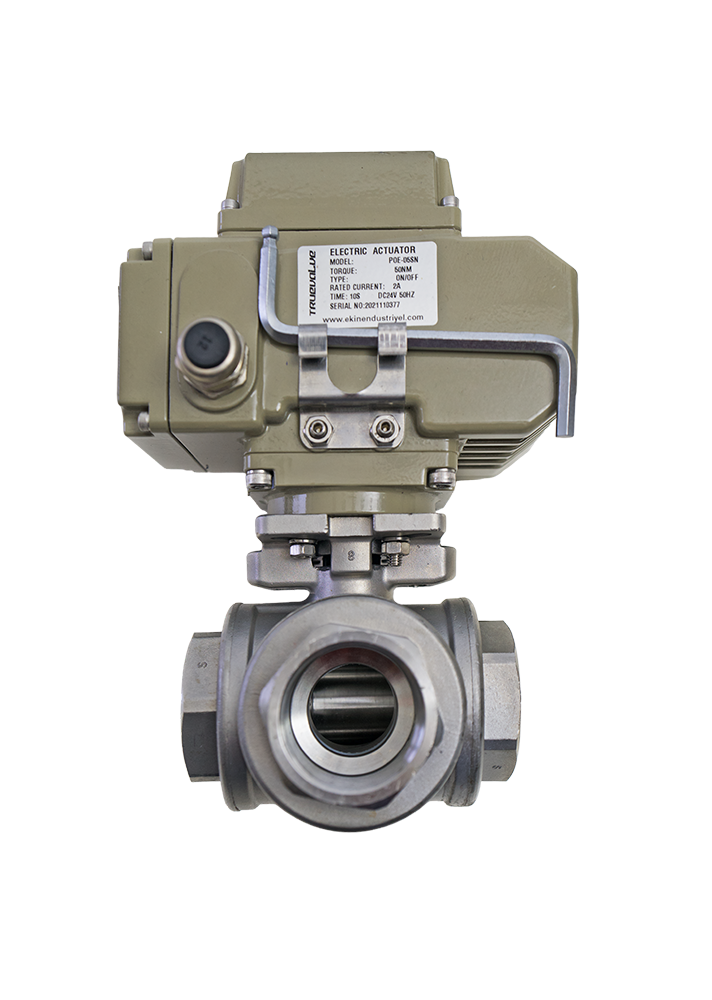
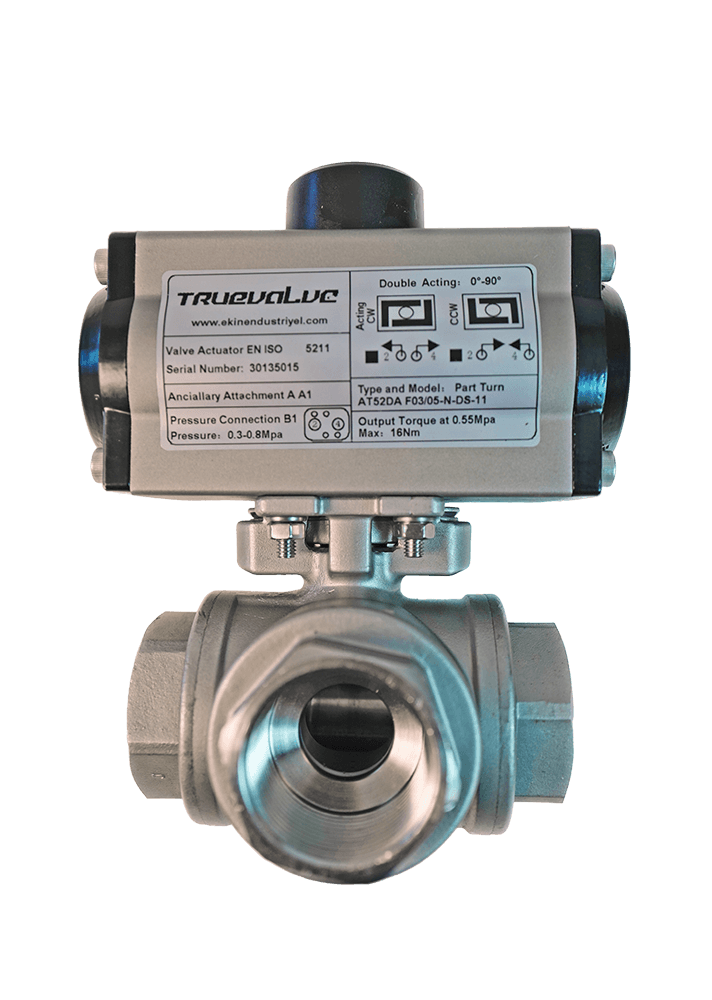
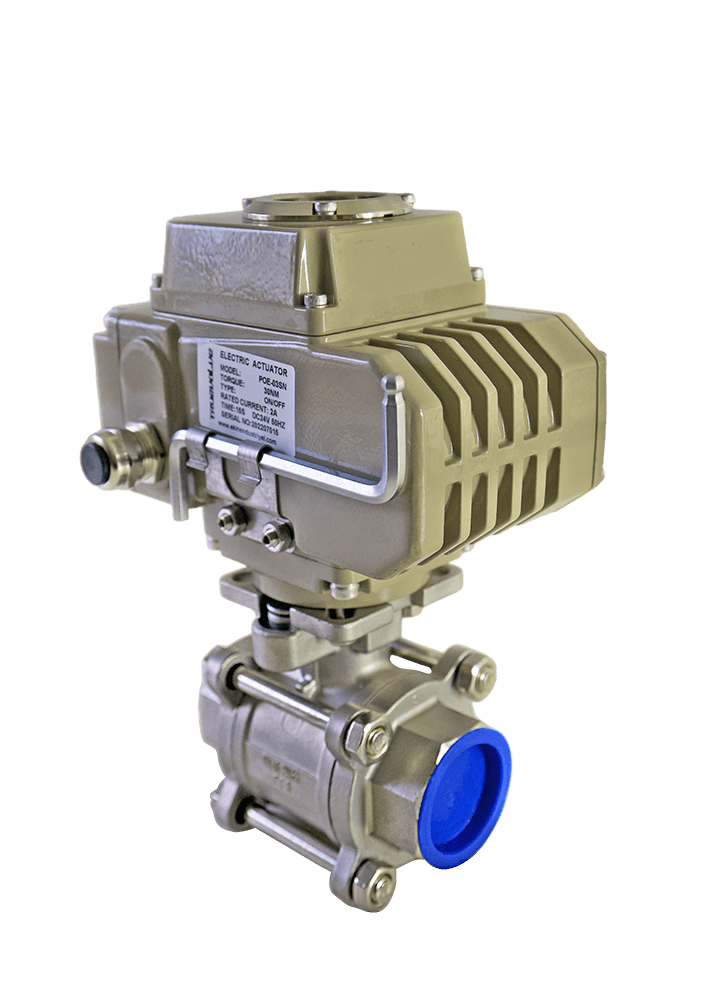
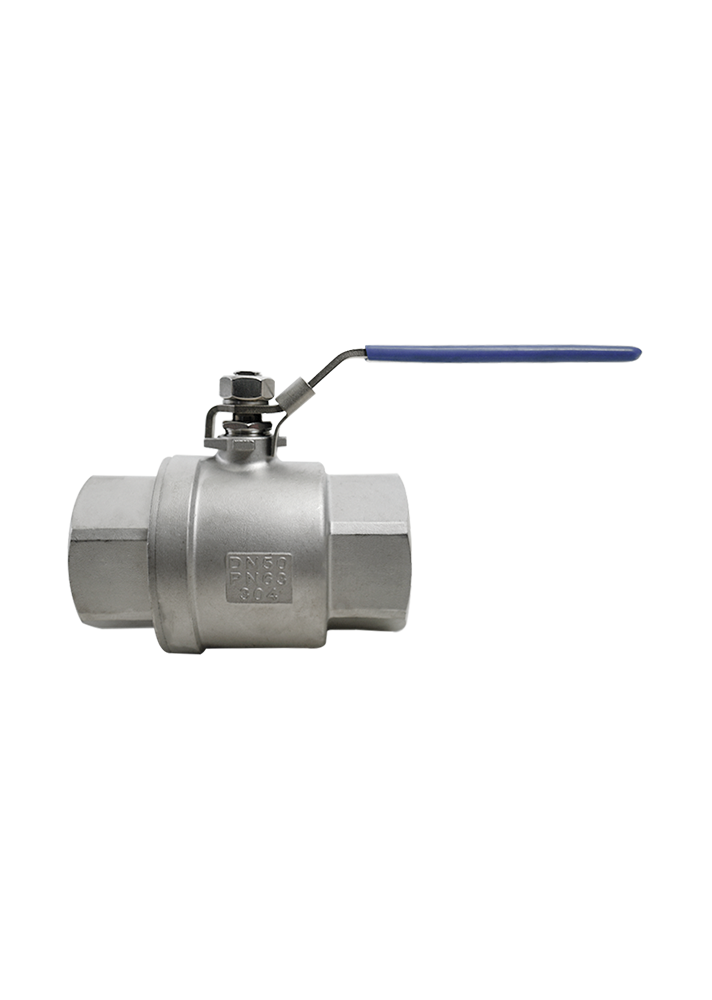
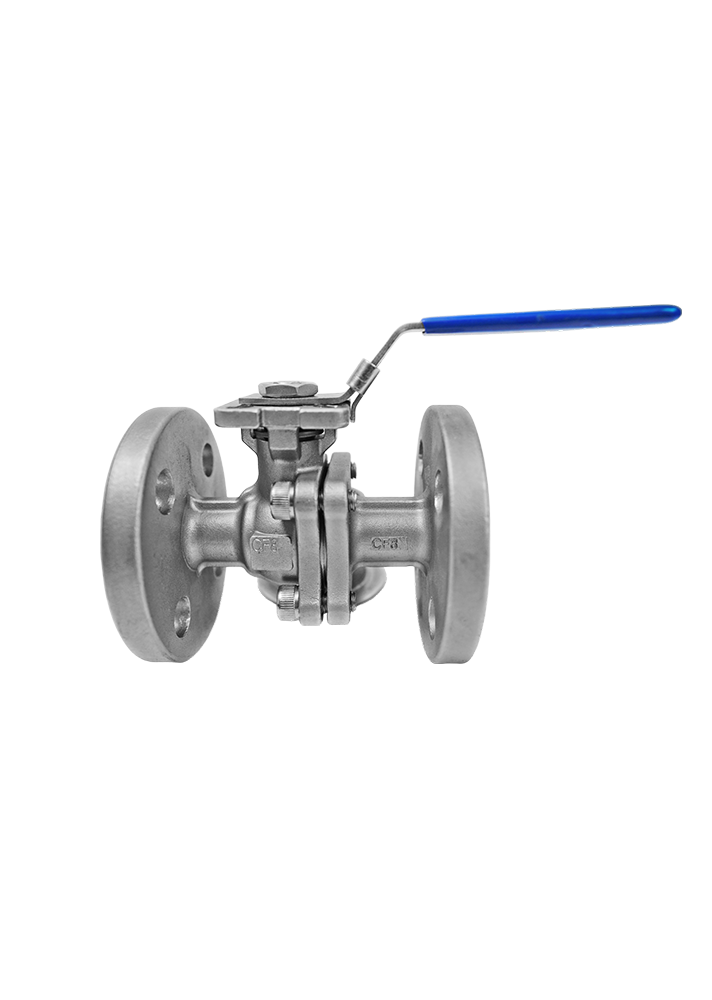
Ball Valves
Ball valves take their name from the perforated and rotating ball inside them. Basically, the flow through the system is controlled by turning it at 90 degree angles with the help of the handle on this perforated globe valve. When the valve handle is aligned with the flow, the hole of the sphere is also aligned with the flow and the fluid is completely free. When the handle is rotated 90 degrees perpendicular to the valve, the system is closed and the flow is interrupted.
Ball valves are primarily preferred in places that open and close frequently or need to be opened and closed quickly. Ball valves are one of the frequently preferred metal valve types due to their good sealing properties, low pressure loss, easy opening and closing and taking up little space in the pipeline.
- Low pressure drop
- Easy to open and close
- Good sealing capability
General Information
Usage areas
Downloadable Content
General Information
Types of Globe Valve
Globe valves have various subtypes to suit different needs.
Our Types of Globe Valves:- Body Design: Two-piece – Three-piece – Three-way
- Body Material Quality: AISI 304 – AISI 316
- Connection Type: Threaded Connection – Flanged Connection – Monoblock Wafer Type
- Gasket Type: PTFE
- Valve Control Mechanism: Lever Operated – Electric Actuator – Pneumatic Actuator
- Operating Pressure: We offer products in PN16 and PN63 pressure classes.
- Max Operating Temperature: 180 degrees Celsius
- Threaded globe valve
- Flanged globe valve
- Lever-operated butterfly globe valve
- Mini globe valve
- Natural gas globe valve
- Gasket: PTFE
- Connection Type: Threaded
- Body Material: AISI304 – AISI316
- Max Operating Temperature: 180 °C
- Max Operating Pressure: 63 Bar
- Gasket: PTFE
- Connection Type: Threaded
- Body Material: AISI316 – AISI304
- Max Operating Temperature: 180 °C
- Operating Pressure: 63 Bar
- Gasket: PTFE
- Connection Type: Flanged
- Body Material: AISI304 – AISI316
- Max Operating Temperature: 180 °C
- Max Operating Pressure: 16 Bar
- Connection: ISO5211
- Gasket: PTFE
- Connection Type: Flanged
- Body Material: AISI304 – AISI316
- Max Operating Temperature: 180 °C
- Max Operating Pressure: 25 Bar
- Connection: ISO5211
- Gasket: PTFE
- Body Material: Cast Iron
- Max Operating Temperature: 150 °C
- Max Operating Pressure: 10 Bar
- Connection: Flanged
- Gasket: PTFE
- Body Material: Cast Iron
- Max Operating Temperature: 150 °C
- Max Operating Pressure: 16 Bar
- Connection: Flanged
- Gasket: PTFE
- Body Material: AISI304 – AISI316
- Max Operating Temperature: 180 °C
- Max Operating Pressure: 25 Bar
- Connection: Flanged
- Gasket: PTFE
- Connection Type: Threaded
- Body Material: AISI304 – AISI316
- Max Operating Temperature: 180 °C
- Max Operating Pressure: 63 Bar
- Connection: Threaded
- Gasket: PTFE
- Body Material: AISI304 – AISI316
- Max Operating Temperature: 180 °C
- Max Operating Pressure: 25 Bar
- Connection: Flanged
- Gasket: PTFE
- Body Material: AISI304 – AISI316
- Max Operating Temperature: 180 °C
- Max Operating Pressure: 63 Bar
- Connection: Threaded
Usage areas
Food
Hygiene is extremely important in foodstuffs. That’s why Heat Exchangers used in food applications are completely stainless…
Automotive
MIT brand heat exchangers are the most preferred brand in the automotive industry in Turkey. Our heat transfer group products are in this sector…
Marine
Since ships are isolated vehicles that sail for long periods of time with their own resources, they must be self-sufficient and have all…
HVAC
HVAC, formed from the initials of the English words “Heating, Ventilating, Air Conditioning”, is generally used for heating…
Petro-Chemistry and Pharmaceuticals
Heat exchangers that can operate at high temperatures and pressures are needed in the chemical and pharmaceutical industries. In addition to this need,…
Metal Industry
Ekin Industrial adds value to the metal industry with its wide product range and customizable solutions. You are in the metal industry…
Energy
Heat exchangers are frequently used in the energy field. Geothermal power plants, cooling of thermal power plants, solar energy systems…
Textile
In the textile industry, the heat of the wastewater produced especially after dyeing, bleaching, hardening and printing processes is an important…
Downloadable Content
